PRODUCTS
CONTACT US
Ningbo Nide International Co., Ltd.
一一
· Contact person:Jack Zeng
· Mob/Whatspp/WeChat:0086-13738869026
· Email:emarketing@nide-group.com;marketing4@nide-group.com
· Add:No. 169, Wohushan Road, Daqi Subdistrict, Beilun District, Ningbo, China

Nide team could manufacture ball bearing as per customer’s drawing and samples.
If customer only has samples, we could also design drawing fo r our customer.
We also provide customized service.
Our ball bearing is widely applied the different industrials.
Haishu Nide International was established in 2010. We produce commutator,thermal protector,motor cover and lamination,insulation paper,fan,shaft and other products. Our unwavering commitment to quality has been recognized by the National Testing Center and the Zhejiang Provincial Testing Center. We adhere to ISO 9001:2015 and CE statior standards, prioritize quality, and operate with integrity.
We prioritize quality and first-class service, constantly pursuing perfection. We have a deep understanding of the precise needs of our customers, and our important motor component manufacturing network and strict quality control system enable us to provide high-quality products to customers at reasonable prices.
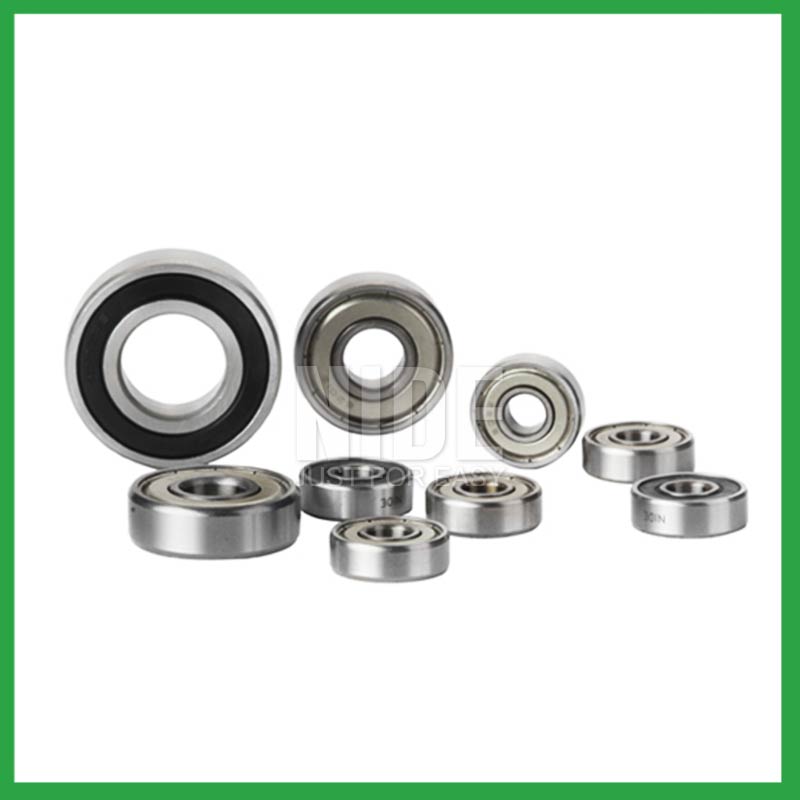
| Parameter | Information |
| Product Name | ball gauge bearing |
| Brand Name | Nide |
| Place of Origin | Ningbo,China |
| Type | Ball |
| Material | chrome steel, etc. |
| Sample | Avaible |
| Warranty | 3months-1year |
| Lubrication | Dry/ Oil |
| Application | aviation engines,small rotary motors, etc. |
| Port | Ningbo/Shanghai |
| Size(mm) | customize |
| Export Country | Argentina,Brazil,South Korea,Hungary,Nauru,Saudi Arabia,South Africa...etc |
| Export region | Europe,Africa,Oceania... |
| Certification | ISO 9001 Certification,CE-insulation paper inserting machine,ISO9001:2015 certificate,etc |
| Precision Rating | as per customer's requirement |
| Feature | Simple structure,Low Noise...etc |
| Packaging Details | Suitable for sea transportation |
| Color | white+customized |
| Seals Type | Rubber seals |
| Service | Prompt Delivery |
| Supply Ability | 100000-500000 Piece/Pieces per Month |
| Lead time (days) | 15-20 (To be negotiated) |
Please note: The above table data is for reference only. For specific information, please contact us.
The precision range of ball gauge bearing is from ABEC7 to ABEC9, with a particle size of 0.3 μ m. Among them, ABEC9's ball bearings have the best precision range and are widely used in the electronics industry, precision measurement industry, and so on.
During the installation process, pollution from dirt and wear media should be prevented;
Temperature and humidity should be controlled to avoid excessive temperatures during startup and operation;
It should be operated and lubricated in the correct reverse direction to avoid unnecessary damage.
Ball bearings have many advantages, making them highly competitive in the market.
Firstly, they are very durable and have good wear performance, making their service life longer than many other types of bearings.
Secondly, they are easy to install and can provide low friction performance in various applications.
Thirdly, they require a relatively low level of maintenance, making them cost-effective.
In addition, compared to many other types of bearings, their purchase cost is relatively low, making them an economical choice.




ball gauge bearing---FAQs Guide
2.What maintenance practices are recommended to extend the lifespan of ball gauge bearing and prevent premature failure?
3.Are there ball gauge bearing designed for use in critical medical equipment?
4.What is the significance of ball gauge bearing lubrication, and how does it affect bearing lifespan and performance?
5.Are there ongoing research and development efforts aimed at improving ball gauge bearing materials, designs, and lubrication techniques?
6.Can ball gauge bearing operate in high-temperature environments like industrial ovens or furnaces, and how are they protected from heat-related damage?
7.What are the considerations for selecting sealed or shielded ball gauge bearing to protect against contamination and retain lubrication?
8.Can ball gauge bearing operate in high-speed applications, and what design features make them suitable for such conditions?
9.Can ball gauge bearing handle shock loads and high-impact conditions in heavy machinery?
10.Are there ball gauge bearing designed for extreme temperature environments, such as cryogenic or furnace applications?
11.How do preloaded ball gauge bearing enhance rigidity and reduce clearance in high-precision applications?
12.How do cage designs affect ball gauge bearing speed and acceleration capabilities in high-speed machinery?
13.How do manufacturers ensure the quality and reliability of ball gauge bearing through material selection and precision machining?
1.What are the standard sizes and dimensions of ball gauge bearing?
ball gauge bearing size charts are widely available, and can be used to find the measurements of a specific bearing. Series 6200 and 6300 are the most commonly used, and typically range from 10 x 30 x 9 mm (. 394 x 1.181 x . 354 in) to 150 x 320 x 65 mm (5.906 x 12.598 x 2.559 in).
2.What maintenance practices are recommended to extend the lifespan of ball gauge bearing and prevent premature failure?
Proper handling and installation of ball gauge bearing is essential to preventing premature failure. Ensure that bearings are stored and transported in a clean, dry, and vibration-free environment. During installation, ensure that bearings are properly aligned, and torque is applied correctly.
3.Are there ball gauge bearing designed for use in critical medical equipment?
Precision ball gauge bearing are among critical components in medical devices that are vital to ensuring patient safety. Correct choice of suitable ball and ring materials and the right product design can ensure high-precision bearings — and medical devices — have a long service life.
Precision bearings are used in a wide variety of medical devices including surgical power tools, ventilators and heart pumps — and patient safety depends on them all. Whatever the device, there is an onus on medical device original equipment manufacturers (OEMs) to ensure that the right type of bearings are chosen, and fit precisely into the application.
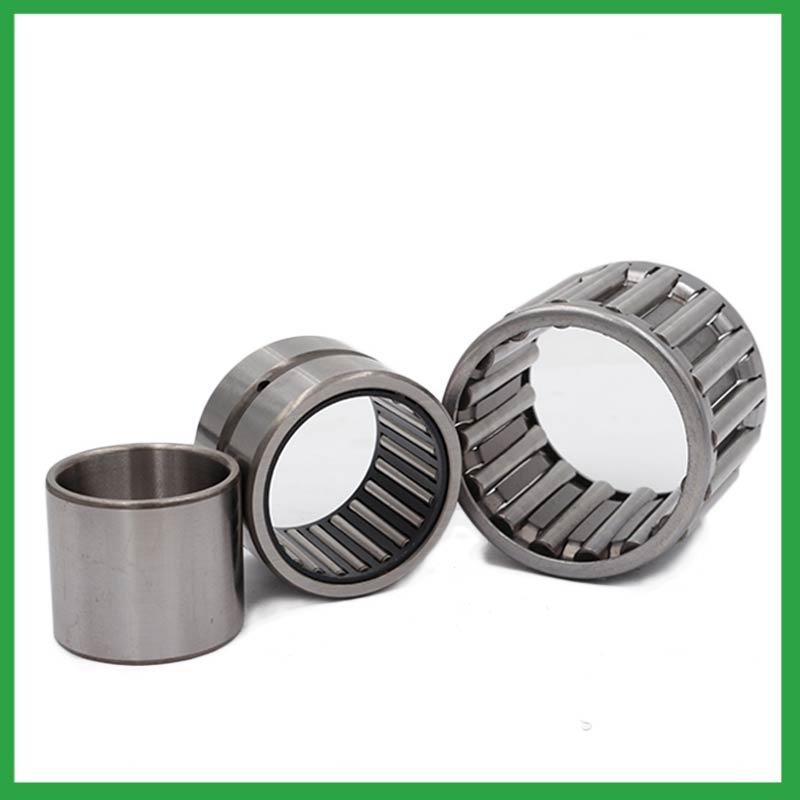
4.What is the significance of ball gauge bearing lubrication, and how does it affect bearing lifespan and performance?
Bearing lubrication is vital for preserving the performance and lifespan of rolling element bearings. Lubrication helps separate moving parts relative to one another, such as rollers and raceways or balls, to prevent wear and tear and friction.
5.Are there ongoing research and development efforts aimed at improving ball gauge bearing materials, designs, and lubrication techniques?
A custom ball gauge bearing can satisfy almost any customer’s needs. Your application may need a needle roller or ball bearing, a radial or angular contact design, a plain carbon steel bearing with anti-corrosion coatings or stainless steel, a thrust bearing or a spherical bearing, tight or loose radial play, sealed or non-sealed designs
6.Can ball gauge bearing operate in high-temperature environments like industrial ovens or furnaces, and how are they protected from heat-related damage?
ball gauge bearing are capable of working at temperatures up to +842°F (+450 °C). Special lubricants, seals and coatings make this possible by protecting the ball bearings from heat damage.
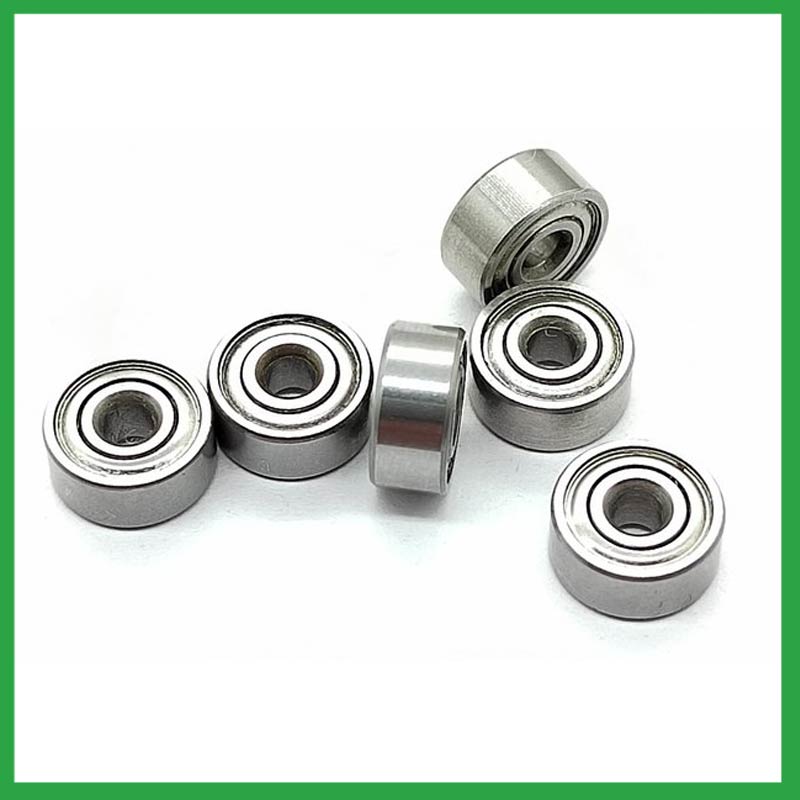
7.What are the considerations for selecting sealed or shielded ball gauge bearing to protect against contamination and retain lubrication?
First, the environment in which your ball gauge bearing operate in can help you identify potential contaminants, allowing you to select your shields or seals accordingly. For example, shielded bearings have a gap that can allow finer contaminants or water from washdown applications to enter the bearing and get into the raceways.The challenge for sealing bearings is to seal the bearing by protecting the bearing from contaminants and running efficiencies.
8.Can ball gauge bearing operate in high-speed applications, and what design features make them suitable for such conditions?
They have very low rolling friction and are optimized for low noise and low vibration. This makes them ideal for high-speed applications. ball gauge bearing are comparatively easy to install and require minimal maintenance.
9.Can ball gauge bearing handle shock loads and high-impact conditions in heavy machinery?
As a general rule, ball gauge bearing are used at higher speeds and lighter loads than are roller bearings. Roller bearings perform better under shock and impact loading. Ball bearings tolerate misalignment better than roller bearings do. Roller bearings can handle heavy combined radial and thrust loads.
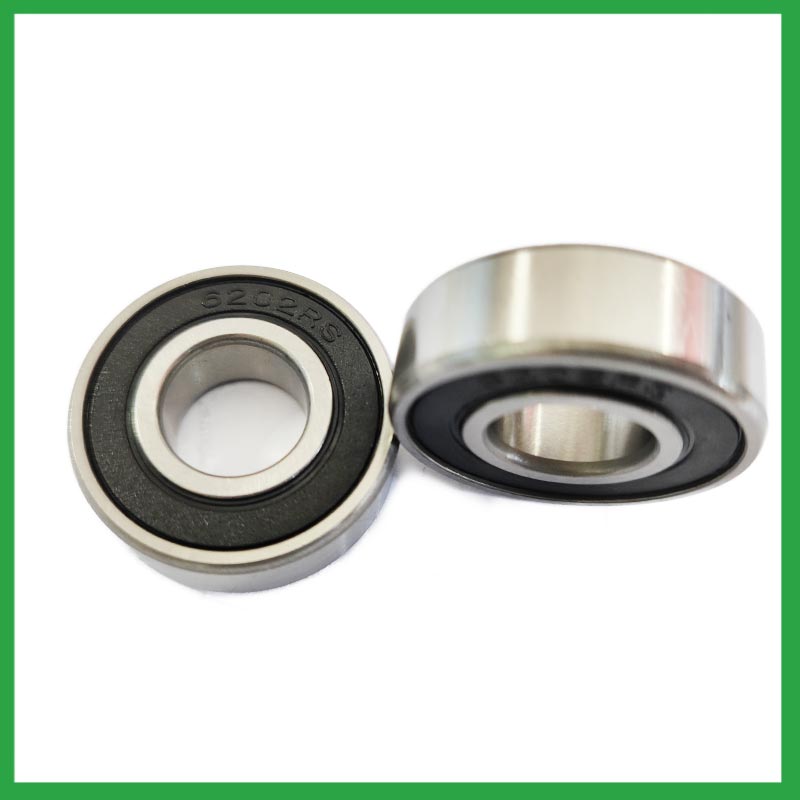
10.Are there ball gauge bearing designed for extreme temperature environments, such as cryogenic or furnace applications?
High temperature ball gauge bearing use specialized lubricants to stand up to high temperatures. Grease-packed bearings are pre-filled with fluorine grease for high temperatures, while YS and SJ bearings use molybdenum disulfide (MoS2) solid lubricant to withstand temperatures up to 350°C and 400°C respectively.
11.How do preloaded ball gauge bearing enhance rigidity and reduce clearance in high-precision applications?
Enhance Rigidity: By applying a controlled axial force, preload increases the bearing's resistance to external forces and moments. This heightened rigidity is essential in applications where any deflection or misalignment must be minimized, such as in machine tools or robotic systems.
12.How do cage designs affect ball gauge bearing speed and acceleration capabilities in high-speed machinery?
In high-speed ball gauge bearing, external load has a great effect on cage stability and sliding ratio, especially for the bearings at work in the starting process. The cage stability is worse in the beginning of the bearing starting process. The axial load greatly influences cage dynamic performance in the bearing starting process.
In addition, while ball bearings worked under steady conditions, axial load and radial load both have a great influence on cage dynamic performance. The effects of axial load on cage dynamic performance during the bearing starting process are opposite from the effects under steady conditions.
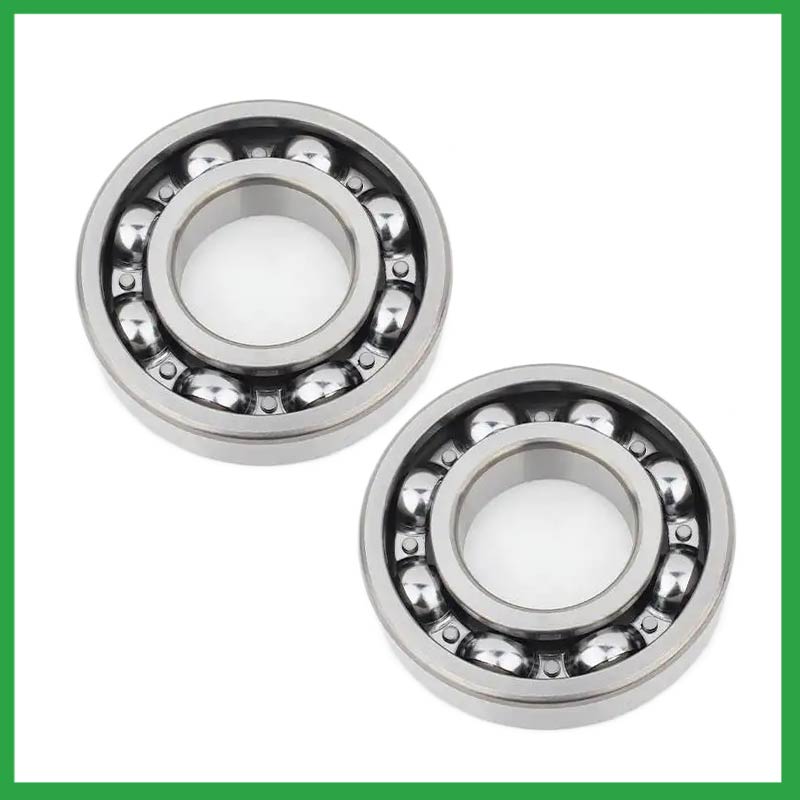
13.How do manufacturers ensure the quality and reliability of ball gauge bearing through material selection and precision machining?
High-precision measuring instruments, such as micrometers and gauges, are used to check the dimensions of the rings and balls to ensure they meet tight tolerances. Surface Finish Inspection: Surface finish is assessed using profilometers to ensure the required smoothness and low friction characteristics.

